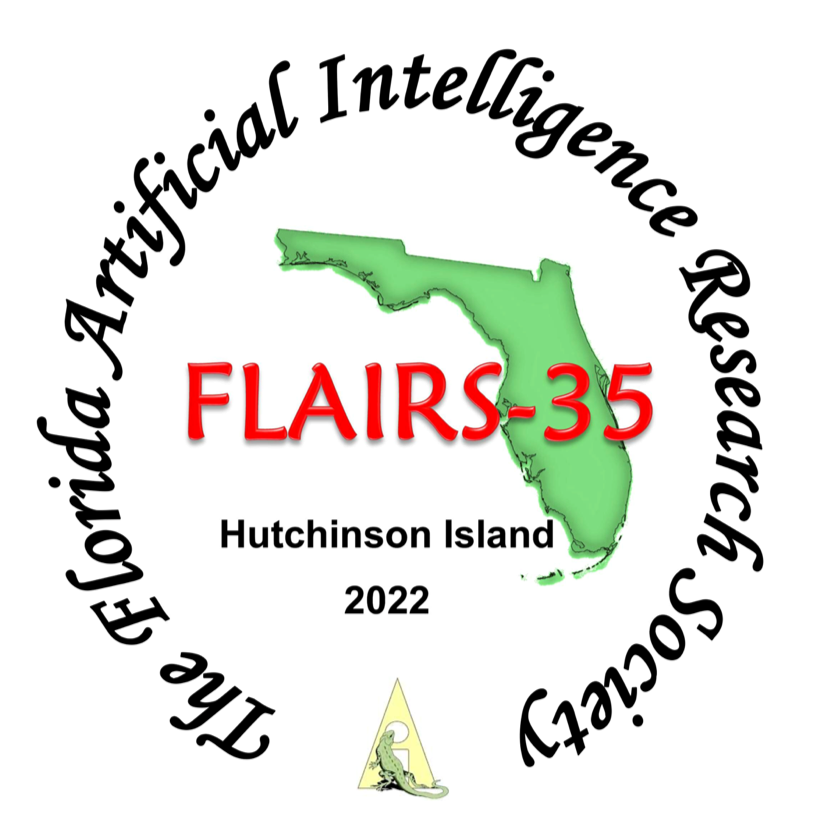Forecasting the Disturbance Storm Time Index with Bayesian Deep Learning
DOI:
https://doi.org/10.32473/flairs.v35i.130564Palavras-chave:
disturbance, machine, dst, index, learning, deep, bayesian, cnn, lstm, network, aleatoric, epistemic, uncertainty, neural, time, stormResumo
The disturbance storm time (Dst) index is an important and useful measurement in space weather research. It has been used to characterize the size and intensity of a geomagnetic storm. A negative Dst value means that the Earth's magnetic field is weakened, which happens during storms. In this paper, we present a novel deep learning method, called the Dst Transformer, to perform short-term, 1-6 hour ahead, forecasting of the Dst index based on the solar wind parameters provided by the NASA Space Science Data Coordinated Archive. The Dst Transformer combines a multi-head attention layer with Bayesian inference, which is capable of quantifying both aleatoric uncertainty and epistemic uncertainty when making Dst predictions. Experimental results show that the proposed Dst Transformer outperforms related machine learning methods in terms of the root mean square error and R-squared. Furthermore, the Dst Transformer can produce both data and model uncertainty quantification results, which can not be done by the existing methods. To our knowledge, this is the first time that Bayesian deep learning has been used for Dst index forecasting.
Downloads
Publicado
Como Citar
Edição
Seção
Licença
Copyright (c) 2022 Yasser Abduallah, Jason T. L. Wang, Prianka Bose, Genwei Zhang, Firas Gerges, Haimin Wang

Este trabalho está licenciado sob uma licença Creative Commons Attribution-NonCommercial 4.0 International License.


